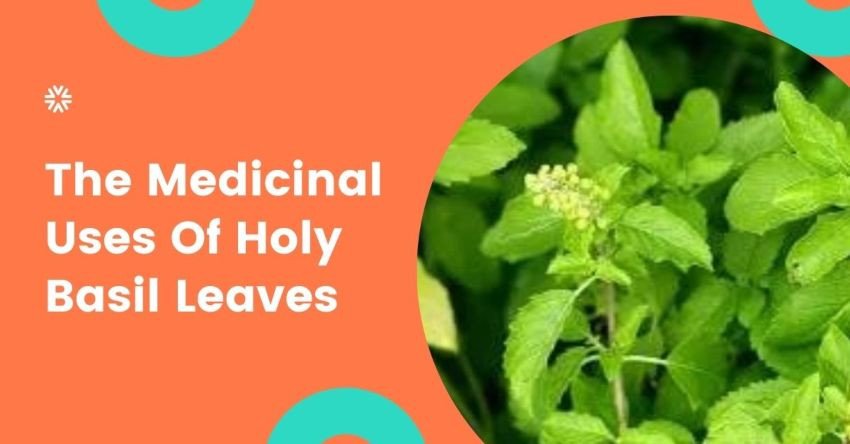Different types of jobs expose people to various types of risks. A lot of people working out in the field have to face the risk of confined spaces in one way or the other. Working in confined places is not easy at all, even after so much development in technology. Numerous types of health risks are associated with it, and there is always the danger of the space collapsing; therefore, preparing for the risks is critical before starting work in confined spaces.
Working in an air-conditioned office is nothing less than leisure. Not everyone is lucky enough to work from such a place and many people have to go out in the field to get the work done. Filed work also varies from industry to industry. For example, a sales agent might have to visit one building after the other to meet the per-day quota, while the construction workers will have to go on-site to do their work.
Dig deeper into this article to get your hands on a comprehensive guide about the risks of working in confined spaces and follow proper safety measures to stay safe.
Top 6 Risks of Working in Confined Spaces You Should Watch Out
The confined spaces are usually enclosed and make the perfect atmosphere for the creation of gases, vapors, and other hazardous substances. However, the worker in the industries like construction, mining, oil and gas, and numerous others have to fight with these conditions to get their work done. Following safety measures can provide substantial protection; however, one can only ensure that when one knows about potential risks.
Here are some of the major risks of working in confined spaces you should watch out for to avoid any unfortunate incident.
1. Toxic Atmosphere
One of the major risks associated with working in confined spaces is the toxic atmosphere. The toxic atmosphere may include gases and vapors that can deteriorate health. Exposure to a toxic atmosphere cab cause unconsciousness and even death in extreme conditions. Numerous industries consult safety equipment suppliers in UAE to get the perfect gears and avoid the fatal risks of working in confined spaces with toxic atmospheres.
2. Noxious Fumes
The second most common risks of working in confined places are exposed to noxious fumes. These are a combination of corrosive and inert gases that are often associated with exhaust fumes. These fumes are also produced as by-products in various industries. The common examples include petrol, smoke, and gases. These fumes can cause high temperature and a pressurized environment, which can become hazardous so, you need to watch out for the risks.
3. Excessive Heat
One of the most important risks of working in confined spaces is exposure to excessive heat. Working in excessive heat can cause heatstroke, and you can even collapse and die from it. Lack of proper access to ventilation or wearing the personal protective kit can worsen the situation even more. However, you cannot give up on a protective kit but utilize cooling pads and maintain ventilation to stay cool and safe.
4. Asphyxiation
Another deadly risk of working in confined spaces is asphyxiation. Asphyxiation means being deprived of oxygen which can lead to suffocation, unconsciousness, and death. In confined spaces, oxygen can get displaced by other gases or get absorbed in chemical reactions or biological processes, due to which its deficiency can occur. Carrying oxygen tanks while working in confined spaces can save from potential hazards.
5. Oxygen Enrichment
Oxygen deprivation or asphyxiation is a common risk in confined spaces. At the same time, oxygen enrichment is another common risk associated with confined spaces. In case combustible materials are present in the setting, an excess level of oxygen can cause explosions and accidents. So you need to watch out for all the potential risks and adopt the protective measures to mitigate them before finally starting work in confined spaces.
6. Explosive or Flammable Materials
Lastly, the most painful and deadly risk associated with working in confined spaces is the presence of explosive and flammable materials. It might be present due to gas exposure or the presence of flammable liquids. The smallest flame can put the place on fire. The risk is more common in the mining and oil and gas industries. If you are also linked with them, get in touch with safety equipment suppliers in UAE to get the perfect gears according to your requirement and ensure to work safely.
Follow proper safety measures to mitigate the risks!
Avoiding work in confined places is not possible. You cannot always rely on technology as it may be difficult to check such places with technology alone. So, you have to step into the field to get the work done. You can safely work in confined spaces by following proper safety measures. Contact the professionals now to get suitable safety supplies according to the risk level and your needs and work safely without any worries.




